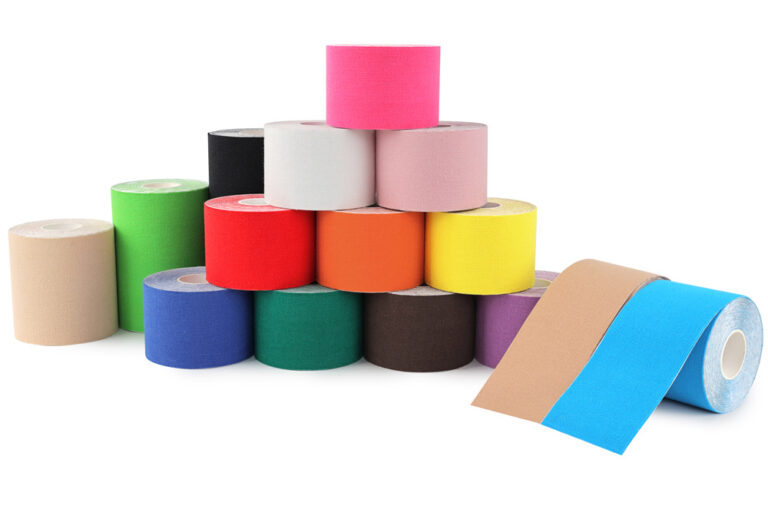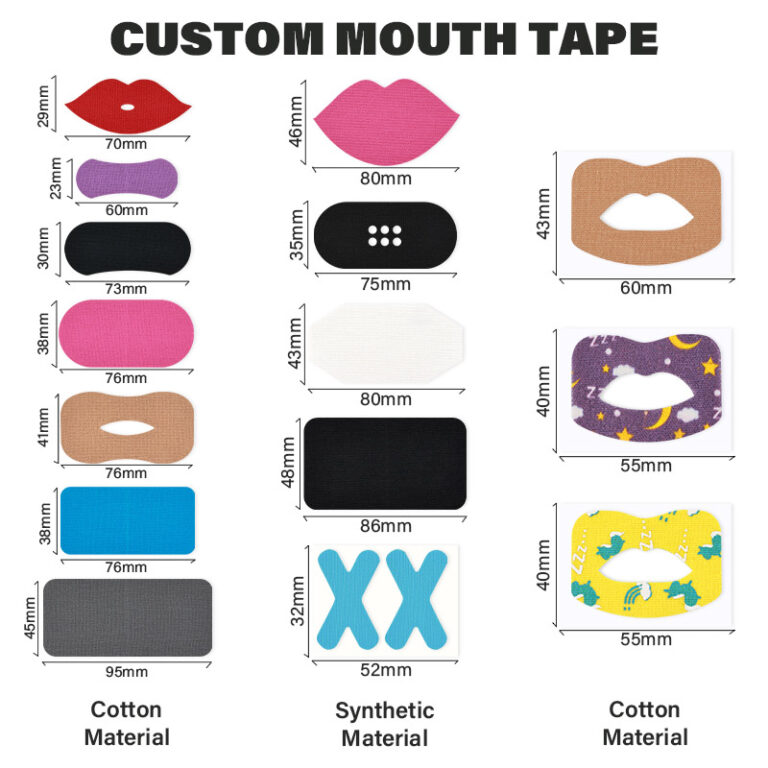Tennis is a sport that requires high muscle strength, elasticity, explosive power, endurance, and speed, so people who like to play tennis need to have a sound muscle system. Damage has become the norm because of the tremendous amount of exercise. To prevent damage, many athletes choose to use physiotherapy tape to relieve fatigue and prevent injuries.
Physiotherapy tape is also called kinesiology tape, KT tape, muscle tape, etc.
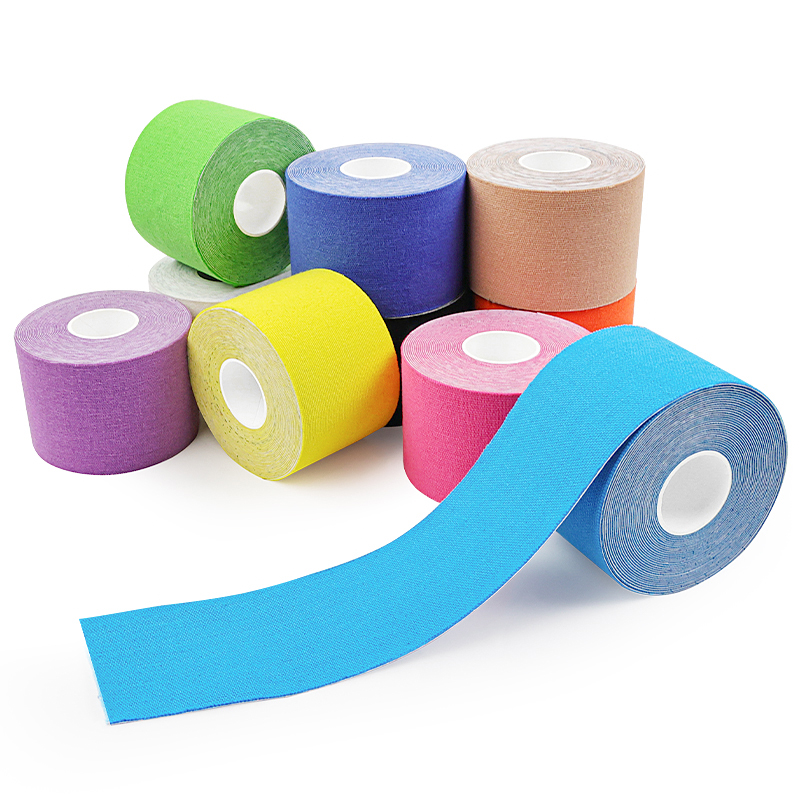
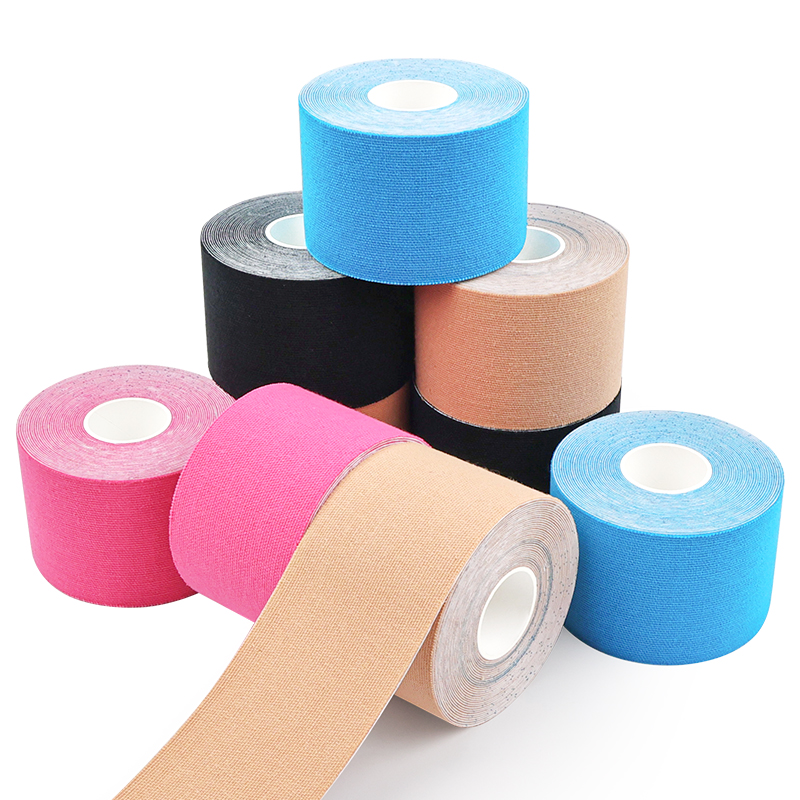
For tennis players, physiotherapy tape has two primary uses: to prevent and relieve muscle strains, relax muscles, and support joints.
How to use physiotherapy tape to protect muscles
Why do muscle strains occur?
- Chronic muscle damage from overuse (clinical manifestations: frequent soreness in parts of the body, etc.) and acute muscle injury (clinical manifestations: swelling, pain, bruises, etc.). One of the main functions of physiotherapy tape is to relax the muscles and prevent chronic injury.
- Before playing, the warm-up preparation is insufficient or not in place (part of the muscle’s physiological functions has not yet reached the state required for exercise).
- Insufficient training level (poor muscle elasticity and strength). Physiotherapy tape can use its own retraction force to help athletes adjust muscle elasticity and effectively avoid muscle strains.
- Fatigue and overload (reducing muscle function, weakening strength, and reducing coordination)
- Wrong technical movements, low temperature, high humidity, poor quality of the venue or equipment, etc., may cause muscle strain.
Most common areas of muscle strains
Thigh, calf, and Achilles tendon.
Muscle strain is usually caused by sudden acceleration of sprinting to catch the ball or smashing the ball. It may even cause some muscle fibers to break, and the surrounding tissue will begin to swell. After a few days, hematomas and bruises will slowly appear. Physiotherapy tape can effectively prevent strains of thighs, calves, Achilles tendons, and other parts.

How can leg muscle strains be prevented while playing tennis?
1. Strengthen muscle stretching training
Strengthen the strength and flexibility of each part of the muscles to achieve a relative balance between the strength of the flexor and extensor muscles. This is an effective measure to prevent muscle strain.
2. Wear protective gear
In addition to strengthening muscle stretching training, we can choose sports protective gear, such as leg support, etc., to help us reduce the chance of muscle injury.
3. Relief with physiotherapy tape
Correct use of physiotherapy tape can effectively prevent and relieve calf and thigh muscle strains.
How to apply physiotherapy tape to your calf?
How to apply physiotherapy tape to your thigh?
In addition to muscle strains, tennis’s most common sports injuries are joint sprains, and tennis elbow is the most common symptom.
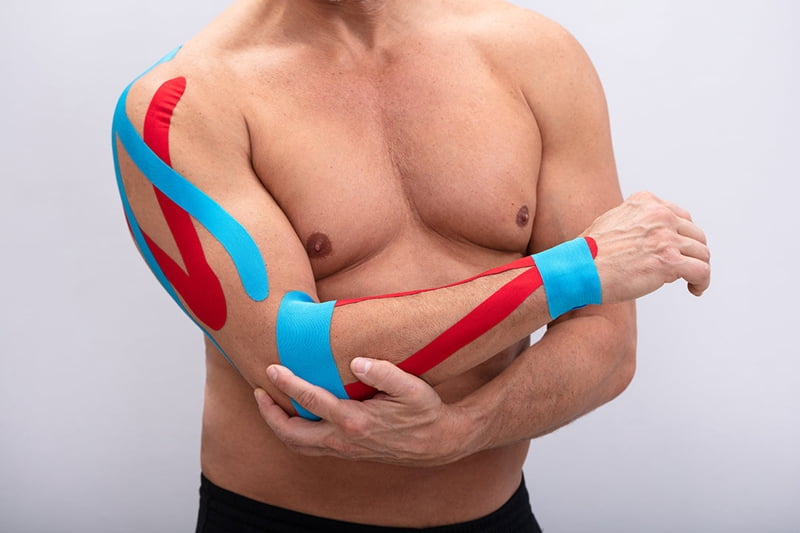
How do you use physiotherapy tape for tennis elbow support joints?
Tennis elbow is caused by overuse and repetitive strain of the muscles and tendons in the forearm that extend and stabilize the elbow.
In order to prevent tennis elbow, most tennis players use physiotherapy tape to protect the elbow joint and prevent injuries caused by excessive exercise.
The leading causes of tennis elbow:
Repetitive motions
Activities with repetitive wrist extension like tennis, golf, typing, or manual labor can overwork the forearm muscles, putting strain on where they attach at the elbow. This repetitive stress causes inflammation.
Incorrect swing posture
Using improper technique and body mechanics during activities can increase strain on the forearm and elbow. For example, poor tennis swing mechanics can make you more prone to tennis elbow. Proper use of physiotherapy tape can help you correct incorrect swing posture and avoid injuries.
Direct injury
Any acute injury, like a blow or impact to the elbow, can also cause inflammation and pain.
The condition starts with micro-tears and tendon damage but can worsen if not treated properly.
If you use physiotherapy tape correctly in the early stages of the disease, your symptoms will significantly improve.
Symptoms of tennis elbow (lateral epicondylitis):
- Pain or tenderness on the outside of the elbow or forearm. This is usually felt around the bony part on the outer side of the elbow.
- Pain that worsens with specific movements, especially wrist extension (bending the wrist back), gripping, and lifting. The pain is typically felt when making a fist, grasping objects, shaking hands, or picking up something with the palm facing down.
- It weakened grip strength—difficulty holding objects due to pain.
- Stiffness or limited range of motion in the elbow or wrist, especially in the morning.
- Achy pain that may radiate down the forearm towards the wrist.
- Pain with direct pressure applied to the outside of the elbow.
- Gradual onset of symptoms over weeks or months, often without a specific injury. Pain typically builds over time.
- Symptoms persist over time without improvement, often weeks or months.
Tennis elbow is caused by overuse and repetitive strain to the muscles and tendons outside the elbow. Activities like tennis, racket sports, golf, typing, carpentry, and manual labor can lead to tennis elbow but can also occur without a specific cause.
You may use physiotherapy tape for treatment in the early stages of these symptoms. If elbow pain persists, medical attention is recommended.
How do you apply kt tape to the tennis elbow?
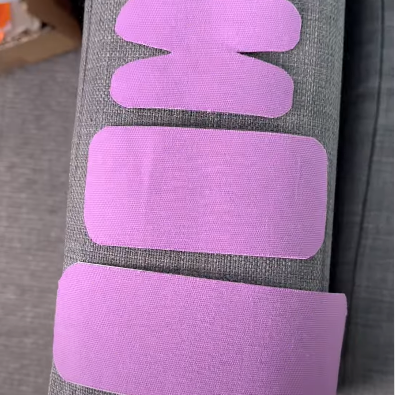
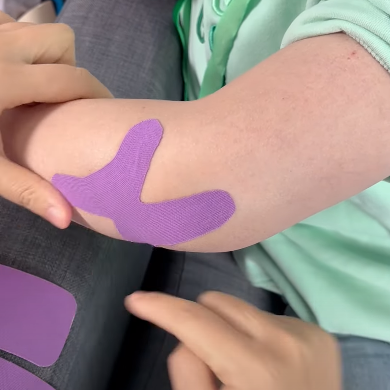
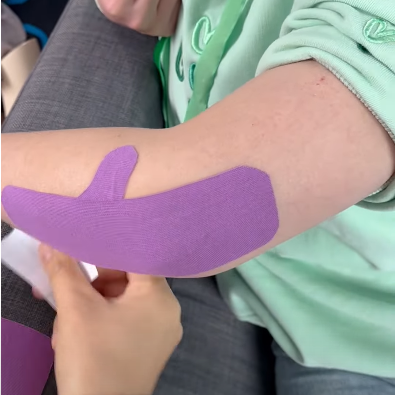
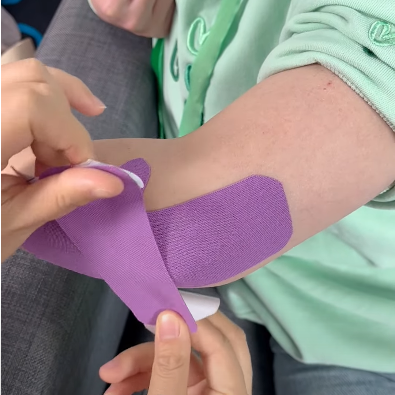
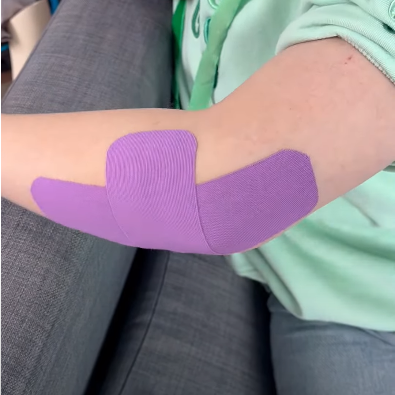
- Wash the injured elbow
- Prepare three pieces of physiotherapy tape: one X-strip tape about 10cm long, one I-strip tape about 15~20cm long, and one about 10cm long.
- First, fix the X-strip kinesiology tape on the painful area
- Take a 15~20cm piece of kinesiology tape, fix it along the direction of the arm, and make this tape overlap the X-strip tape
- Take the last piece of kt tape and the first piece of I-strip kt tape and stick them crosswise at 90°
Click to learn more about how you use kinesiology tape for tennis elbows.
After reading this article, you will understand how to protect yourself when playing tennis, know how to use physiotherapy tape to protect yourself from pain and injury as much as possible, and improve your performance.


